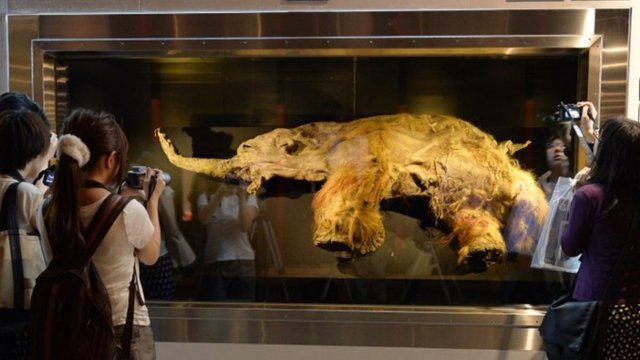Hello friends:
How are you?
Today I bring you some scientific news about ¿How do scientists in Japan manage to activate cells of a 28,000-year-old mammoth?
Almost 28 thousand years ago a mammoth called Yuka lived on this land, a baby mammoth which was a little over two years old when he died, his body was found in the year 2011 in the Yakutsk region, in Siberia where he was perfectly protected in the permafrost of Siberia.
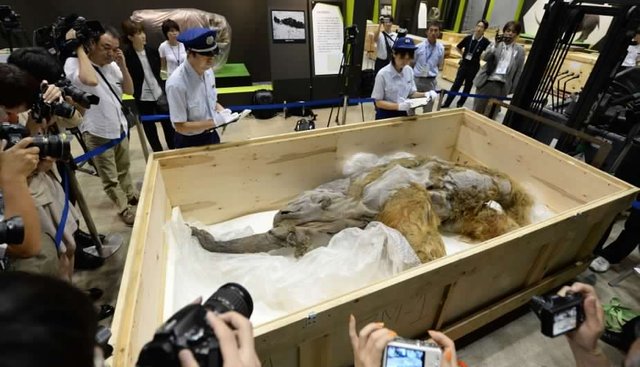
The remains of the mammoth were magnificently preserved, which have remained frozen in the Siberian permafrost near the coasts of the Arctic Ocean.
Recently a group of researchers from the University of Kindai in Osaka, who are from Japan, extracted cells from the bone marrow and muscle tissue of the mammoth and then injected them into the cell nuclei of the oocytes of live mice.
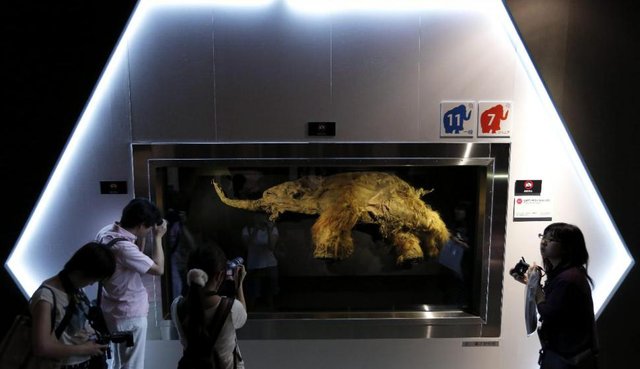
The oocytes are the female germ cells that intercede in the reproductive process, since they are those that are transformed into mature ovules. In the experiment, these oocytes showed structural modifications that precede cell.
.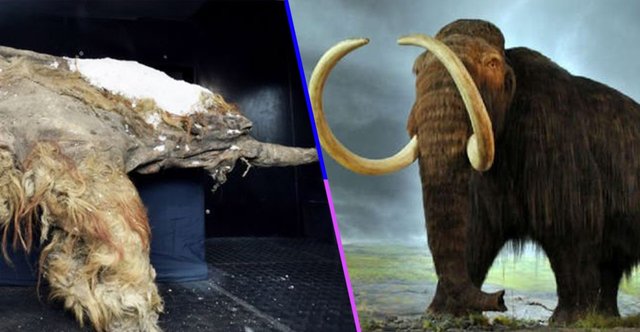
The result of this experiment was that five of the mice had biological reactions that are typical of the beginning of cell division, said Kei Miyamoto, a member of the team at Kindai University in western Japan.
It turns out that no one entered the stage of division that would have been necessary to create a mammoth, he said, something primordial so that life of another species can be originated.
This experiment shows that, despite the years, a cellular activity can still be generated. In the present there are numerous scientific studies that have focused on fossil DNA and not knowing if it still works, said Kei Miyamoto, one of the writers of the study published in the journal Scientific Reports
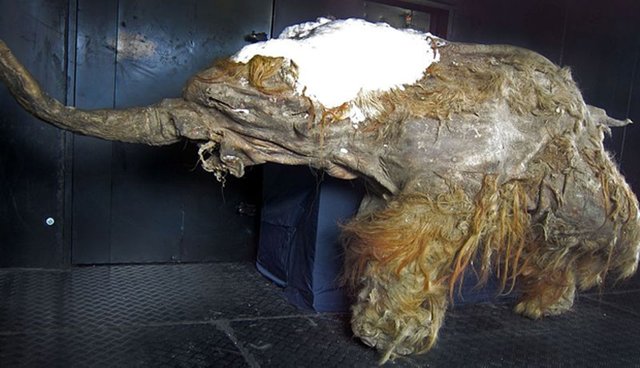
In this experiment they realized that the damage suffered by the cells was very deep. They could not even notice the cell division and therefore, in conclusion, scientists are far from the reproduction of a mammoth. In addition, they say that for this experiment they require new technologies and that they want to try different approaches. Once we get cell nuclei in higher conditions we will be able to progress to the period of cell division, Miyamoto said.
Even if we do not see a mammoth alive in our times for now, the advance of reviving mammoth cells will bring benefits to the world of science, as scholars can extract information from the beginnings of life and evolution.
"Ancient species have invaluable information about the genetic basis of evolution and the elements that lead to extinction," Miyamoto concluded.
Different scientific groups have been working for years on the dream of bringing back to life the mammoth, that magnificent species of the Ice Age that died out 10,000 years ago from the face of the Earth and will continue to work until they find what they are looking for.
This could be an advance for the cloning of extinct animal species.
Let's hope that they continue the scientific investigations to see how this ends.
¿Would you like to see a baby mammoth in the coming years?
